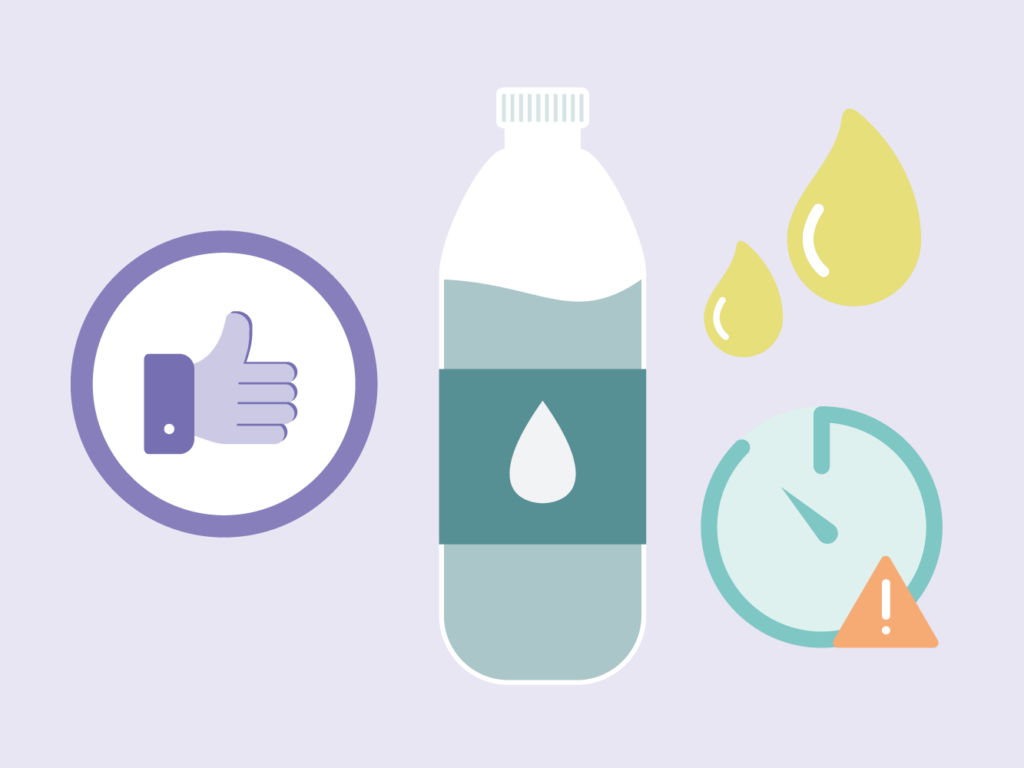Exercises
There are two different forms of exercise to include in your daily routines: aerobic and strengthening. Ask your care team which type of exercise is right for you.
 Aerobic Exercises
Aerobic Exercises
Aerobic exercise makes you breathe fast and sweat. Because your heart is a muscle, it’s important that your heart gets a workout. Aerobic exercises are a great way to do that. There are three main levels of aerobic exercises:
- Low intensity: You can still sing while you exercise. Walking is a great low intensity exercise.
- Moderate intensity: You can talk in sentences without feeling too out of breath. Jogging is a typical moderate intensity exercise.
- High intensity: If you’re exercising at a high intensity level, you have trouble talking in full sentences. Running often puts you at the high intensity level of exercise.
 Strengthening Exercise
Strengthening Exercise
Strengthening exercises make you pull or push using your muscles. Keeping a strong, healthy body is important during your journey. Strengthening exercises can help you do that!
There are two ways you can perform strengthening exercises: with just your body weight or with heavier weights. Your care team may guide you toward strength exercises that are right for you.
- Body weight: Exercises that use your body weight include jumping, pushups, and sit-ups.
- Heavier weight: Exercises that would require you to use heavier weights, like handheld weights, might include squats and bench presses.
Do’s and Don’ts
It’s important that no matter what exercises you do, you do them safely.
Here are a few things to keep in mind while you exercise:
- It’s okay to: sweat, feel a little breathless, and have mild soreness.
- It’s important to: drink water, avoid excessive heat, and take breaks as needed.
- You should NEVER: feel squeezing chest pain or dizziness. Be sure to talk with your care team about the right types and amounts of exercise for you.

